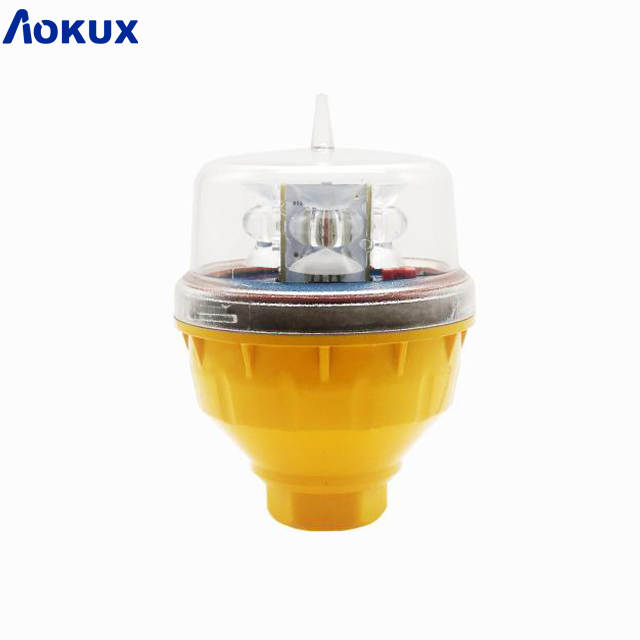
FAA L810 Standards for Aviation Lighting Systems: A Comprehensive Guide
The Federal Aviation Administration (FAA) sets regulations and standards for aviation lighting systems, including the FAA L810 standard for obstruction lights. This article provides a comprehensive guide to the FAA L810 standard, its requirements, and why it is important for aviation safety.
What are FAA L810 obstruction lights?
FAA L810 obstruction lights are warning lights installed on structures such as buildings, antennas, towers, and wind turbines that exceed a certain height. These lights are designed to provide a visual warning to pilots of potential hazards during takeoff, landing, and in-flight. FAA L810 obstruction lights emit an omnidirectional white flashing light with a minimum intensity of 32.5 candelas.
FAA L810 requirements
To comply with FAA regulations, an obstruction light must meet several requirements:
Light output: The FAA requires obstruction lights to have a minimum intensity of 32.5 candelas.
Color: Obstruction lights must emit a steady or flashing white light.
Flash rate: The light must flash at a rate of at least 20 flashes per minute with a duration of 0.6 to 1.0 seconds per flash.
Housing: Obstruction lights must be housed in a waterproof and corrosion-resistant enclosure suitable for the operating environment.
Power source: The power source for obstruction lights must be reliable and independent of the structure's primary power source.
Monitoring system: A monitoring system must be installed to detect failures and malfunctions of the obstruction light and notify the responsible party.
Why are FAA L810 obstruction lights important?
FAA L810 obstruction lights play a crucial role in aviation safety by providing a visual warning to pilots of potential hazards. They help prevent collisions between aircraft and structures, particularly during nighttime or low-visibility conditions. In addition, FAA L810 obstruction lights are also beneficial to nearby communities by reducing light pollution compared to other lighting systems.
Types of FAA L810 obstruction lights
There are several types of FAA L810 obstruction lights, including LED, xenon, and incandescent lights. The type of obstruction light used depends on the structure's location, size, and operating environment. LED obstruction lights are the most commonly used type due to their energy efficiency, long lifespan, and low maintenance requirements.

Installation and maintenance of FAA L810 obstruction lights
FAA L810 obstruction lights must be installed and maintained according to FAA regulations and guidelines. In general, obstruction lights should be installed at the highest point of the structure and spaced accordingly to ensure visibility from all angles. Regular maintenance is essential to ensure the obstruction lights are functioning correctly, including cleaning the lenses, checking for corrosion or damage to the housing, and testing the monitoring system.
|
FAA L810 |
FAA L810 obstruction light |